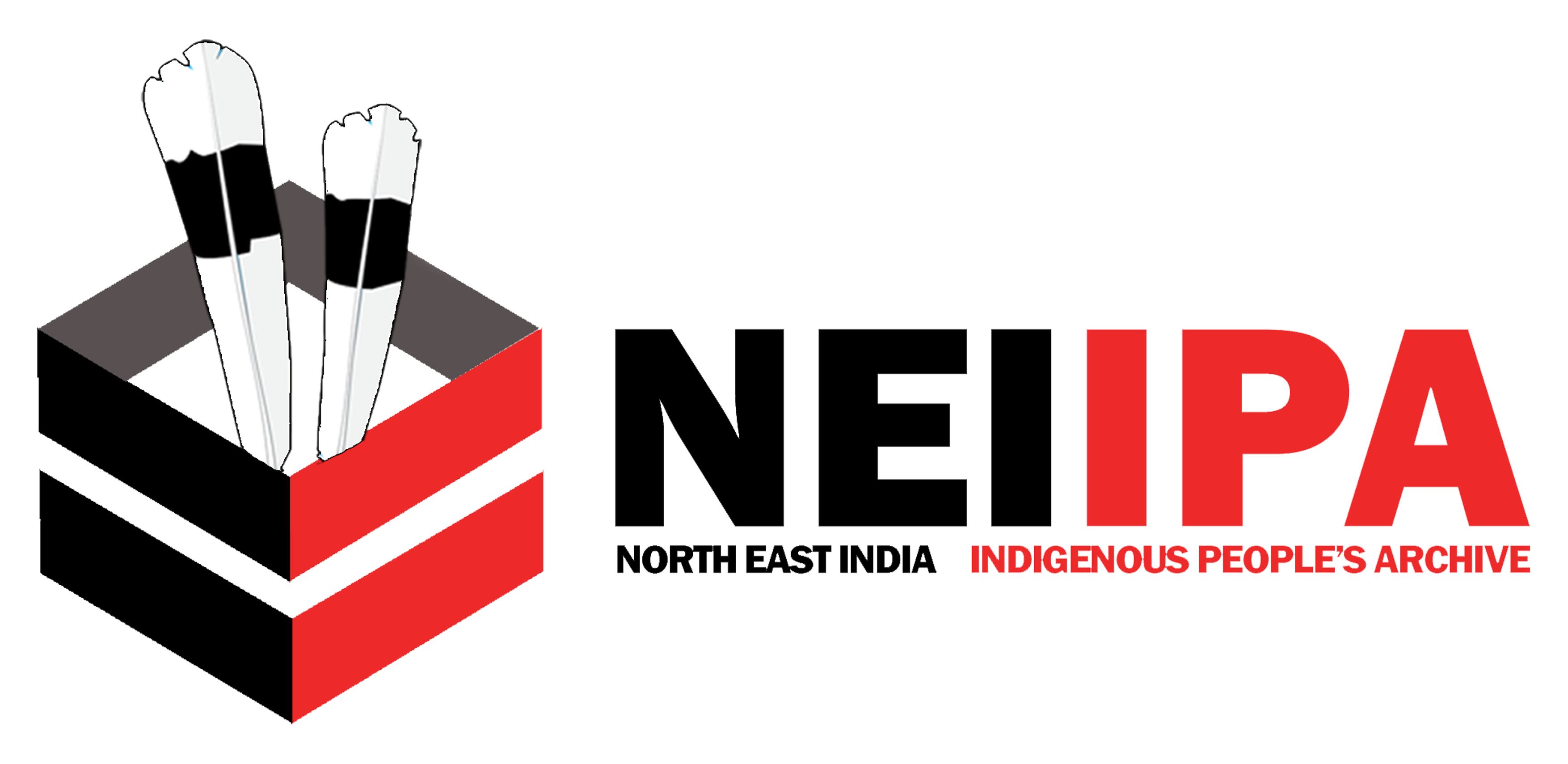The Chang Naga is one of the sixteen recognized major tribes that live in Tuensang District in the Eastern part of Nagaland. Both the name of the language and the community that speaks it are referred to as “Chang”. The majority of Chang villages are in Tuensang district, with the exception of Chakpa, Phangsang. Old Yaongyimti and New Yaongyimti, which are under Mokokchung District jurisdiction.
Chang has a population of 66, 852 people, accounting for roughly 4% of the total population, according to the 2011 census of India. The ISO code is 639-3; nbc.
Regarding the origin of the term “Chang’, there are various interpretations. The name Chang is derived from CHANGENNYU, which signifies to stand tall or to tower above one’s surroundings (Government of Nagaland [GoN], 2020). According to Erdican (2003), the word Chang is derived from the literal word. “Chaang” which means East because the ancestors thought that they resided at the farthest east from where the sun rises. In British India, the tribe was also known as Mazung. The Chang tribe also goes by the names Changyanguh, Machongrr, Mochumi, Mochungrr and Mojung (open Language Archives Community, 2011). Chang Nagas first appeared in the village of Changsang or Changsang Mongko, which is located between Tuensang and Hakchang (Kumar, 2005). It is also claimed that the Changsang which is close to the village of Hakchang is the ancestral home of the Chang family. Its initial location was around 22 kilometers from Tuensang town. “Changsang” translates to Chang village and “Chaang” means East (Chang, 2013).
There are four primary clans and sub clans: Hongang, Kangshou, Lomou and Oung. The Kangshou Clan was granted the highest status because it is thought that they arrived on Earth before the other clans.
Chang tribe has three main festivals. The Changs celebrate three major festivals, Naknyulüm, Poanglüm and Kundanglüm which are as follows: Naknyulüm- Naknyu literally means ‘mother of darkness and lüm means festival and it is observed to symbolize the victory of light over darkness, celebrated in July, known as Naklit (dark month).
Poanglüm- Poang means winter and lüm means festival which literally means ‘winter festival. This is a post harvest festival which marks the celebration of success and it is held in January,known as Poanglümlit (winter festival month). Kündanglum is the third festival. ‘Kün” means hut, which was used to build in the field for shelter, “dang” means to build and lüm means festival. Hence, it literally means, ‘hut building festival. This festival falls in April known as Kündanglit.
Chang is a member of the Eastern Group of Naga languages and is a member of the Tibeto- Burman language family. Along with Phom and Konyak, Chang was categorized by Marrison (1967) as belonging to the state’s northern region. His classification is determined by the Phonology, morphology and syntax typology of language. Chang is categorized by Benedict (1972) as one of the sub- branches of Konyak, which are spoken in the northern Assam-Burma frontier region. Chang has also been classified by Burling (2003) as a subgroup of the Konyak languages, along with Nocte, Wancho, Tangsa and Phom.
Reference
Chang, Cikumla. (2022). Chang Tonal Phonology. Unpublished M.Phil Dissertation, Department of Linguistics, North Eastern Hill University, Shillong.

